Common Types of Pumps Used in Irrigation Systems
Water pumps are a crucial part of every irrigation system.
Water pumps are a crucial part of every irrigation system. They make supplying adequate water to crops, lawns, and garden beds easier and keep them lush. These electromechanical machines increase the water pressure to move it from the source to the desired location. Most modern pumps use electricity for operation, while some can also use alternate power sources like diesel or gasoline.
Different types of pumps are used in irrigation systems, each with pros, cons, and technical features. Also, it is necessary to understand its power, efficiency, and capacity to choose the right pump for a particular purpose. Therefore, let's look at the different types of irrigation pumps for easier decision-making.
Centrifugal pumps
Centrifugal pumps use impellers (or blades) to rotate water within the chamber or casing. This spinning action is referred to as centrifugal force, which helps the water to move through the pump. They usually use electrical energy to operate and also require priming. Centrifugal pumps are most often used in irrigation systems. These can draw water from lakes, wells, streams, and reservoirs. They are efficient, robust, easy to install, and budget-friendly. However, one should always ensure that these pumps have water in the casing and intake pipe before starting them.
Submersible pumps
As the name suggests, submersible pumps are installed entirely underwater. Unlike centrifugal pumps, submersible pumps do not require priming. These have a pump and a motor and are a great option if the property that needs irrigation has a water feature or is located on the waterfront. Submersible pumps can have a wet electric motor that allows water to run through it or an encased dry electric motor to block water damage. Submersible pumps are efficient, do not overheat, and are easy to install but may require a higher upfront investment.
Booster pump
Booster pumps are installed not to move water from one point to another but boost the pressure of the already-moving water. Furthermore, it can be used in residential and commercial properties to boost the water pressure to the desired level. A booster pump usually has an impeller, an engine, a pressure-sensing device, and an inlet and outlet.
Turbine pump
Turbine pumps are irrigation pumps placed underwater and attached to a motor mounted above ground using a shaft. The motor signals the shaft that allows the impeller to move inside the pump. Turbine pumps operate quietly, are efficient, can generate high water pressure, and do not require priming. These are suitable for lawns with fluctuating water levels. The impeller of these pumps requires periodic adjustments for the pump to run efficiently. One should also note that turbine pumps can cost more upfront and are challenging to install and repair.
Floating pumps, jet pumps, and sprinkler or propeller pumps are other commonly used irrigation pumps.
Access expert pump services
Property owners are spoilt for choice regarding irrigation pumps for residential or commercial use. Before buying an irrigation pump, consider factors like the pound-force per square inch, PSI, vertical lift or high head value, power source, and the system flow rate. Then, contact a local pump professional for assistance in selecting the right pump for one's needs.
Pump Repair Services provides residential and commercial pump repair services for water well pumps, water feature pumps, transfer pumps, industrial irrigation pumps, and more, as well as custom water filtration services in the Orlando area. (Sorry, no pool pumps or sewer pumps.) We offer 24-hour emergency service. Call us at (407) 625-5499.

